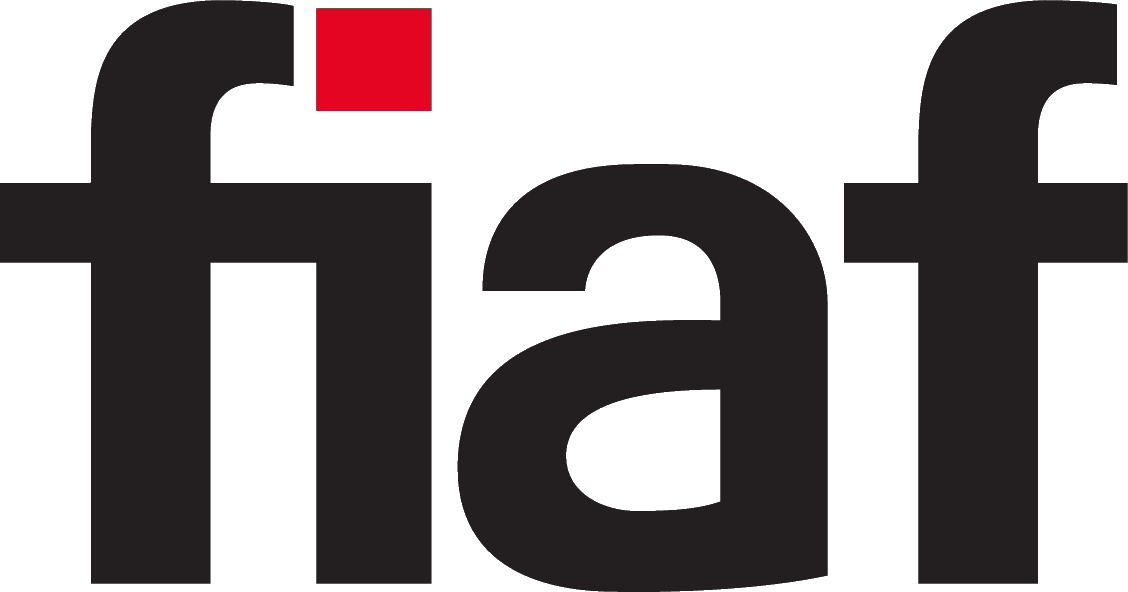By providing a visual gallery of remarkable, but often overlooked film technologies, devices and machines, this novel publication project aims to offer a new perspective on film history reflecting the fundamental objectives shared by FIAF and TECHNÈS. Dedicated to the preservation of and access to the world’s film heritage since 1938, FIAF gathers 169 affiliate archives preserving an incredibly wide variety of artefacts connected with the production and presentation of moving pictures across history. Since its creation in 2015, TECHNÈS endeavors to rethink film history and its methods by examining the techniques and technologies that have accompanied the medium since its beginnings. FIAF and TECHNÈS believe that, with the rapid shift to digital technology in film production and exhibition and the concomitant phasing out of photochemical cinema, it is now more than ever important to collect, preserve and document the tools of filmmaking and film exhibition, as well as the expertise, practices and stories behind them.
The project covers all eras of film history, from pre-cinematic devices to photochemical cinema, video and contemporary digital technologies. Contributors are, however, strongly encouraged to go off the beaten path by selecting neglected and overlooked artefacts particularly relevant to their regional or national film history, as well as devices connected to alternative practices such as animation, documentary and amateur filmmaking, industrial, educational and sponsored film production, political and experimental cinema. Artefacts associated with the exhibition of moving images beyond the commercial film theatre are also particularly sought out, as are machines, devices and contraptions testifying to the vision of inventors, craftspeople and hobbyists.
Beyond the artefacts themselves, this project intends to showcase the extremely productive collaboration between archivists and historians fostered by organizations such as FIAF and TECHNÈS. By joining the complementary expertise of archivists, historians and technology experts, the book will promote a new historical approach fully integrating an investigation into the materiality of cinema with a deeper understanding of film aesthetics. The multiple perspectives offered on the design and use of film devices will also strive to demonstrate the relevance of social and cultural history for the study of film technology.
The project further aims to emphasize the fact that, as custodians of our global film heritage, archivists are uniquely positioned to understand how innovations such as sound cinema, color or the advent of video and digital technologies have differently impacted various national cinemas and regional film cultures. In many areas, the advent of small-gauge film formats and consumer-grade video technology have led to the creation of significant film industries. In a similar fashion, portable projectors and mobile cinema units such as vans or railroad carts are central in the film cultures of many regions. The history the book aims to tell is consequently one where modest, unassuming and mass-produced devices such as 16mm film projectors and video cameras are considered to be just as worthy of investigation as the Cinématographes Lumière, Technicolor cameras and Imax reels more commonly displayed in museums.
FIAF affiliates, as well as all global archives and private collectors acting as custodians of our collective film heritage are hereby invited to submit 100 to 300-word proposals covering highlights from their collections by July 15. Each archive or individual may submit up to three artefacts connected to film production (cameras, sound recording devices, lighting fixtures, studio equipment, etc.), post-production work (editing and laboratory equipment, special effects work, etc.), distribution and exhibition (projectors, screens, mobile or portable film units, etc.), or even film archiving (a custom-made film printer for example) to be considered for the book.
The editors will let potential contributors know if their proposal is accepted or not by August 25, and submission of the actual English or French contributions will be expected by October 30. Each published entry will be made up of a 500 to 1000-word essay describing the chosen artefact while also narrating its history and significance, as well as of a selection of visual documents. These will include high-quality photographs of the artefact supplemented whenever possible by blueprints, advertisements, posters, programs or archival photographs documenting usages and practices.
Should you have any questions or comments, do not hesitate to write to us at talesfromthevaults@fiafnet.org.
Read more...





